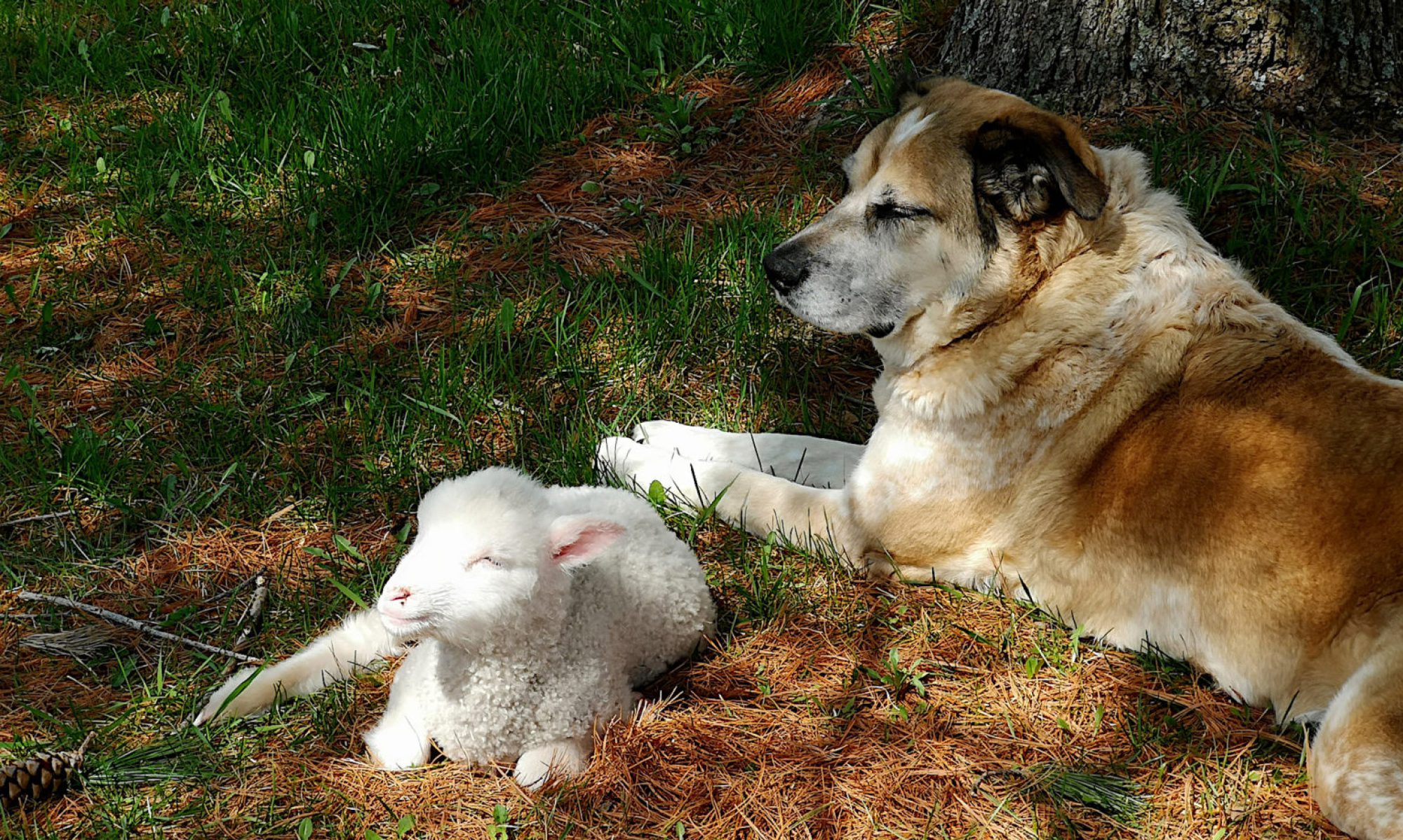
From Shoshi Parks for the Smithsonian magazine: “In 1884, the water hyacinth delighted audiences when it made its North American debut in New Orleans. But beneath its pretty exterior, the hyacinth hid its true nature as a malevolent marauder. The plant spread like a virus first in Louisiana and then in Florida. Within 20 years, it had overtaken waterways across the South. Meanwhile, a second crisis was brewing: around the turn of the 20th century, inexpensive meat was suddenly in short supply. Meatpackers blamed grain prices and cattle shortages, butchers blamed the meatpackers, and most everyone else blamed the Beef Trust, a nickname for the nation’s largest meatpacking companies. The only one way to solve both problems at once, argued Louisiana Rep. Robert F. Broussard, was to embrace hippopotamus ranching.”
Tár director Todd Field invented Big League Chew candy when he was teenager

From Lindsay Adler and Ben Cohen at the Wall Street Journal: “Before Todd Field made the movie Tár, he made Big League Chew. And that makes Field the only person at the Academy Awards on Sunday who can say that a movie that might win him an Oscar owes its existence to baseball’s most beloved bubble gum. Field became the inspiration for and forgotten inventor of Big League Chew as a teenage bat boy in the 1970s for the minor-league Portland Mavericks. One summer, while trying to find an age-appropriate imitation of the chewing tobacco favored by the players and coaches, Field ripped up strings of licorice and stuffed them in a tobacco pouch to make it look like he was dipping.”
Note: This is a version of my personal newsletter, which I send out via Ghost, the open-source publishing platform. You can see other issues and sign up here.
Continue reading “How the U.S. almost became a nation of hippo ranchers”








